Interpretation of China's Home Appliance Consumption Trends in 2025: Appliance "Upgrade" to Intelligence, Smart Home "Renewal"
The "2025 China Household Appliance Consumption Trends White Paper" (hereinafter referred to as the "White Paper") was officially released. Compiled by the China Household Electrical Appliances Association, the White Paper reveals the trends in household appliance consumption driven by both policy incentives for trade-in programs and technological innovation.
The White Paper summarizes the significant transformations in current Chinese household appliance consumption into six major trends. One of the most prominent trends is: "Upgrading to Smart Appliances, Refreshing Smart Homes."
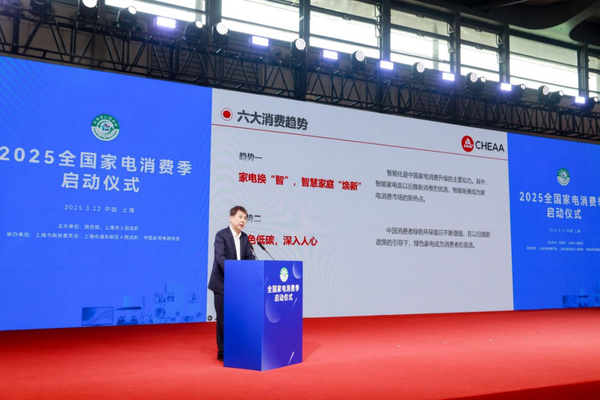
Chinese home appliance intelligence is the main direction of upgrading consumption. The implementation of the new replacement policy for consumer goods has accelerated the pace of intelligent upgrades in home appliance consumption. On one hand, replacing old appliances with smart ones has become the mainstream trend in replacements, with consumers preferring smart home appliances when upgrading. On the other hand, intelligent scenarios have become new hotspots in the consumer market, driving the development of the market for replacing old appliances.
Smart Home Appliance Upgrade
The trend of home appliances becoming "smart" has become the mainstream consumer trend in China's home appliance market. After more than a decade of development, the market size of smart home appliances has continued to grow, and the intelligence level of major home appliance categories has been constantly improving, with the proportion of smart products in the markets of various major home appliance categories increasing year by year. Data shows that in 2024, the retail volume share of smart products in the black home appliance (TVs), white home appliance (air conditioners, refrigerators, washing machines), and kitchen appliance (range hoods, gas stoves, dishwashers) markets all exceeded 50%. The smart penetration rate in markets for products such as TVs, air conditioners, and air purifiers has even surpassed 75%.
From the recently concluded AWE2025, it is evident that the market supply of smart home appliances is becoming increasingly diverse, with AI emerging as the primary driver for the development of smart home appliances and the enhancement of intelligent experiences. A large number of AI-enabled smart home appliances will be introduced to the Chinese market this year, providing consumers with a wider range of options for upgrading their old appliances. Taking the Haier AI Full Space Freshness Refrigerator as an example, after integrating the DeepSeek large model, it can identify over 1,300 types of food odors through its gas sensor and dynamically generate personalized recipes based on user health data.
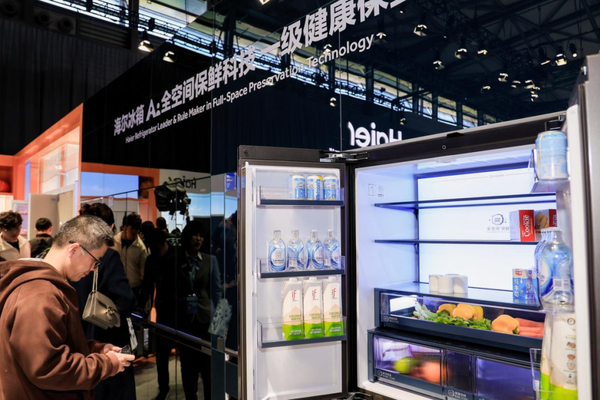
It is noteworthy that robots + home appliances are entering Chinese consumers' homes at an accelerated pace. On one hand, the application of robot technology in the home appliance sector has brought about structural changes in existing products. For instance, the Roborock G30 Space, the world's first robot vacuum cleaner equipped with a bionic robotic arm, features a freely moving arm that enables flexible object grasping, collaborative cleaning, spot sweeping, and multi-function expansion. On the other hand, service robots are entering households more rapidly. Driven by AI technology, these robots can not only perform specific household tasks such as cleaning and moving objects but also engage in natural conversations with users, understand emotions, and become intelligent companions in smart homes.
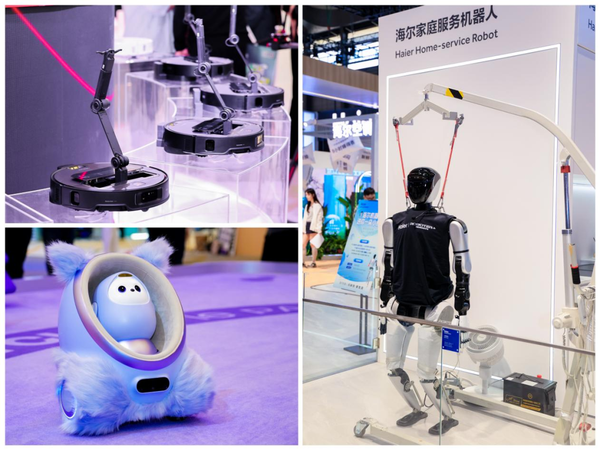
The White Paper points out that intelligent functions have become one of the important factors influencing consumption decisions. Consumers' recognition of smart home appliances continues to rise, and an increasing number of consumers are willing to pay for smart home appliances. Taking the range hood and stove suite as an example, products with range hood and stove linkage functions have gained popularity among many consumers, becoming the main products driving the growth of the online market for range hood and stove products, with a growth rate far exceeding the overall market.
By 2025, when upgrading consumption becomes the absolute mainstream in the market, smart home appliances will continue to unleash even greater market potential, becoming the first choice for many consumers when they upgrade.
"Smart Scenario 'Refresh'"
Driven by the policy of replacing old consumer goods with new ones, the "renewal" of smart homes is also one of the hotspots in China's consumer market.
Smart scenarios have taken over from individual smart products, becoming the new choice for consumers to upgrade their smart homes. Building on the foundation of product intelligence, smart homes are actively expanding intelligent experiences and value-added services in scenarios such as clothing, food, living, learning, entertainment, health, and wellness. Smart scenarios like home security, smart kitchens, smart sleep, and health-oriented bathrooms are increasingly mature and being implemented.
Consumers' perception of smart homes has evolved from simple combinations of intelligent products to more complex, multi-device interconnected smart scenarios, making smart scene consumption a growing trend. At AWE 2025, more mature smart scenarios are becoming part of people's daily lives. The variety of smart scenarios continues to expand, with various intelligent devices collaborating to create more advanced health dining, comfortable sleep, fitness, wellness, and other scenes, helping consumers build a better smart living experience.
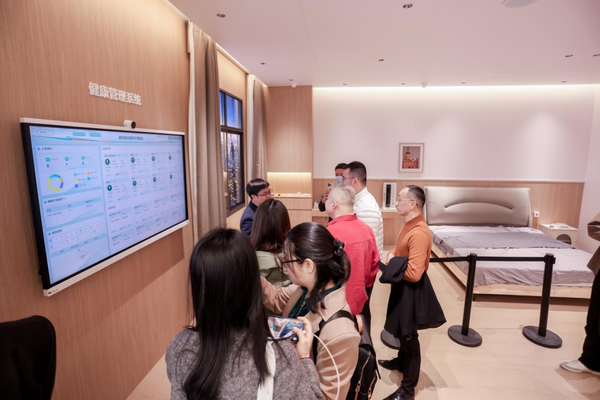
At the same time, changes in home appliance sales channels are also boosting the "upgrade" of smart home consumption. An increasing number of companies are starting to offer smart products in bundled packages as smart scenarios, providing consumers with one-stop smart home solutions. For instance, companies like San Yi Niao and Huawei can offer users customized scenario services, quickly tailoring whole-house smart integrated solutions based on different user needs.
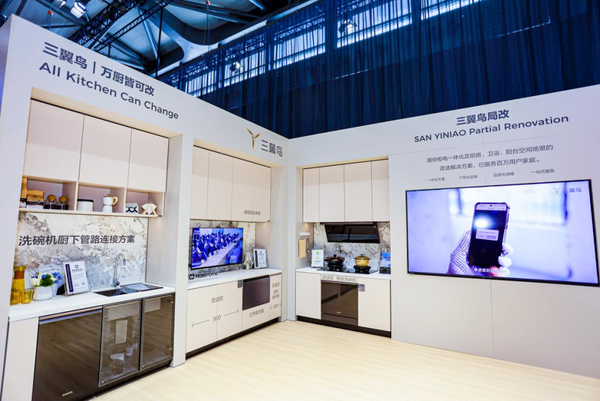
【Copyright and Disclaimer】The above information is collected and organized by PlastMatch. The copyright belongs to the original author. This article is reprinted for the purpose of providing more information, and it does not imply that PlastMatch endorses the views expressed in the article or guarantees its accuracy. If there are any errors in the source attribution or if your legitimate rights have been infringed, please contact us, and we will promptly correct or remove the content. If other media, websites, or individuals use the aforementioned content, they must clearly indicate the original source and origin of the work and assume legal responsibility on their own.
Most Popular
-

List Released! Mexico Announces 50% Tariff On 1,371 China Product Categories
-

Nissan Cuts Production of New Leaf EV in Half Due to Battery Shortage
-

New Breakthrough in Domestic Adiponitrile! Observing the Rise of China's Nylon Industry Chain from Tianchen Qixiang's Production
-

Dow, Wanhua, Huntsman Intensively Raise Prices! Who Controls the Global MDI Prices?
-

Mexico officially imposes tariffs on 1,400 chinese products, with rates up to 50%






